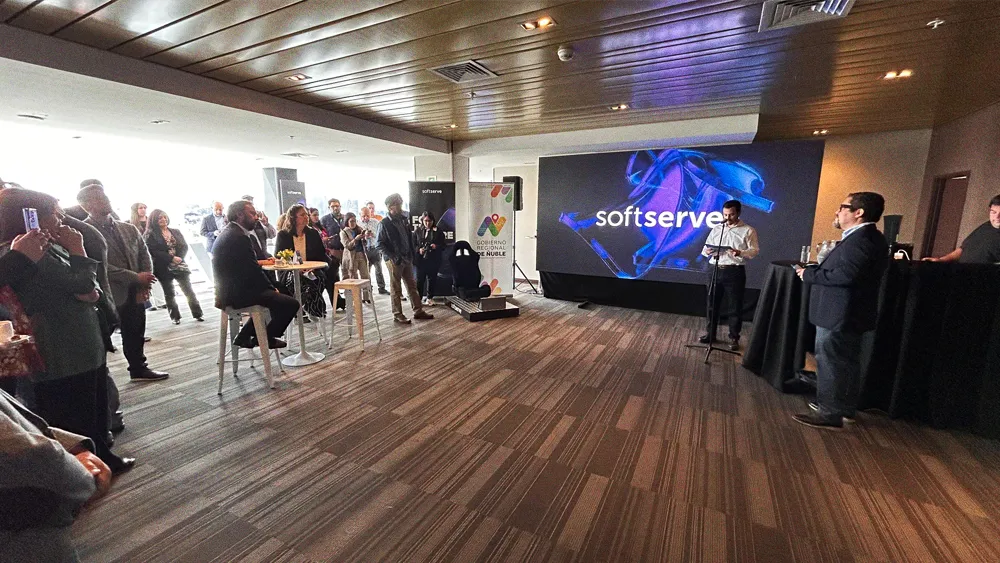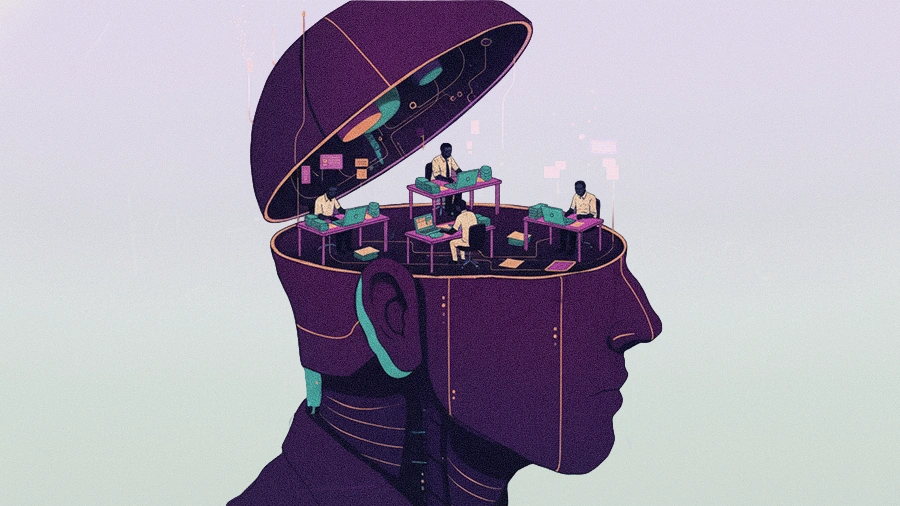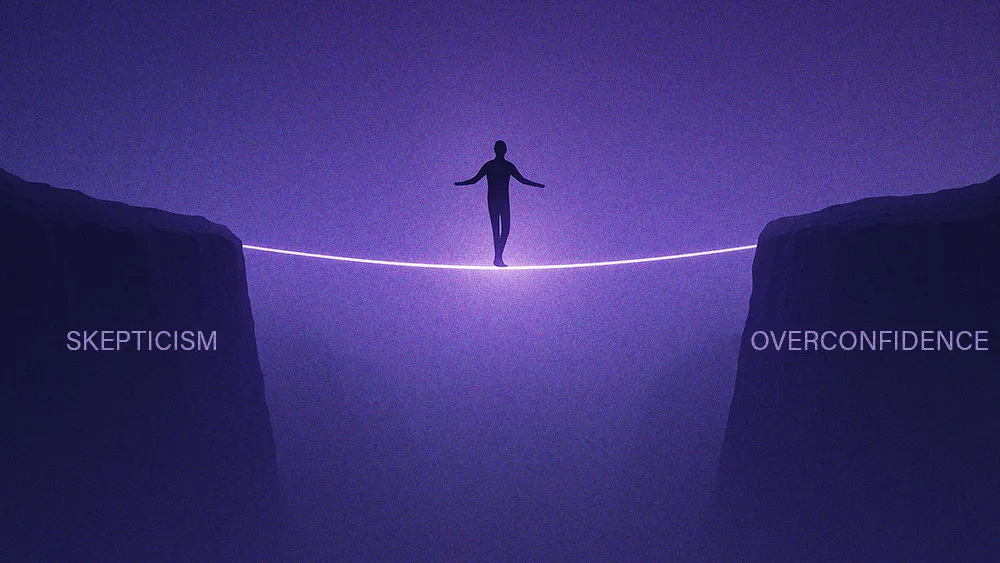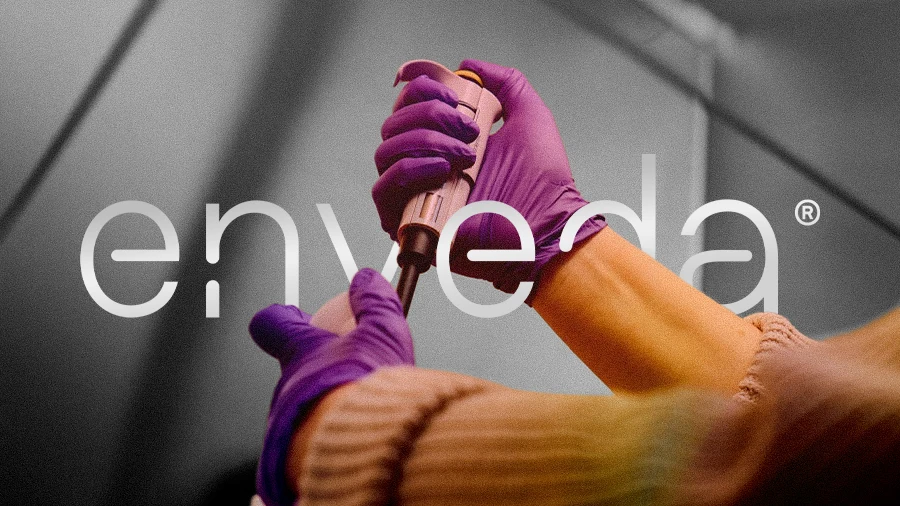15Five’s Karina Young on redefining HR strategies with AI and thoughtful personalization

Key Points
HR leaders face challenges from AI, economic pressures, and complex leadership needs, requiring a shift in strategy.
Karina Young of 15Five advocated for personalization in employee experiences as a key strategy for navigating change.
AI tools are essential for scaling personalization, but HR must guide AI adoption to avoid falling behind.
Young argues against the “talent scarcity” myth, urging leaders to focus on realistic job descriptions and broader talent searches.
Personalization is ultimately the outcome of a lot of these different shifts that are happening. We have to tailor an employee experience based on what an individual actually needs, instead of creating these big, blanketed programs that are really okay for 40 to 50% of the people, but you miss this bigger chunk.
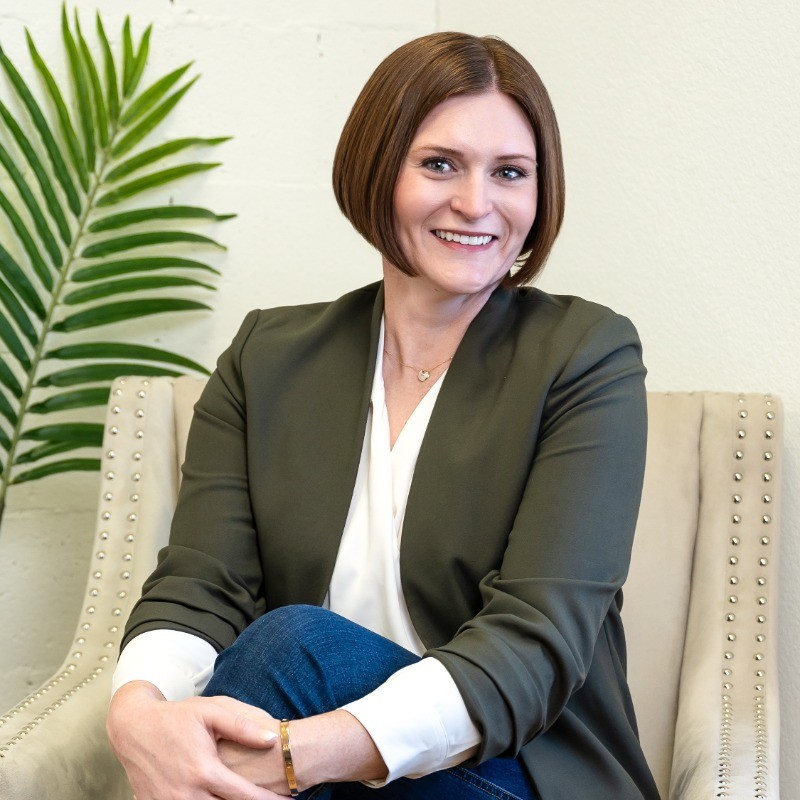
Karina Young
VP of People
15Five
HR leaders are navigating a perfect storm. The explosive arrival of AI, mounting macroeconomic pressures, and the ever-growing complexity of leadership needs have created a chaotic environment where it feels impossible to keep up. In the frantic search for a silver bullet, many are investing in new tools and programs, only to find they fall short. The real challenge isn’t just adopting new technology; it’s cutting through the noise to find a strategy that actually works.
The path forward requires a fundamental shift in thinking, according to Karina Young, VP of People at 15Five. With over a decade of experience building and scaling people strategies at high-growth tech organizations like Aurora and Khan Academy, Young argues that the most powerful response to today’s chaos is a return to a core human principle. For her, the answer isn’t another blanket solution, but a deeply focused strategic discipline.
The new North Star: “Personalization is ultimately the outcome of a lot of these different shifts that are happening,” Young said, pointing to a trend she saw crystallized at the recent SHRM conference. The goal is to move beyond the outdated models that no longer serve a diverse workforce. “We have to tailor an employee experience based on what an individual actually needs, instead of creating these big, blanketed programs that are really okay for 40 to 50% of the people, but you miss this bigger chunk.”
This isn’t just about making employees feel good; it’s a core strategy for navigating constant change. “Personalization matters because it allows leaders to target what they’re doing exactly to their people in that moment,” she explains. “You keep that one-to-one pulse on what is happening instead of looking backwards at outdated trends.”
Achieving this at scale, however, isn’t a manual effort. Young is clear that technology is the essential enabler. “AI and AI-assisted tools are a big way that we do that,” she notes, warning that organizations that fail to adopt them are “actually just falling really far behind.” But the technology’s purpose is to empower managers to build personal relationships—a role HR “can’t and really shouldn’t” be trying to fill for everyone.
Taming the free-for-all: Young applies this personalization lens to one of HR’s biggest headaches: AI adoption. With many companies “leaving it to people to figure out,” a gap is widening between those who experiment with AI and those who are left behind. The solution, she argues, is proactive leadership. “We really need to lean forward, and I love seeing HR organizations being the one to carve this path forward and say, ‘This is what AI looks like for us.'”
This isn’t about rigid control. Young offers a metaphor for this balanced approach: HR’s job is to provide the “frame of a picture,” setting clear boundaries so employees know exactly where they can safely experiment and “develop that muscle.” The most direct way to normalize AI is for managers to be explicit, telling their teams, “This is the work you totally can do with AI, and you should.”
Talent scarcity: Perhaps her most passionate argument is aimed at the talent market. Young refutes the common complaint of “talent scarcity,” especially while mass layoffs continue. She argues that as AI automates more “day-to-day admin repetitive tasks”—a trend grounded in data from sources like a recent Apple report on AI’s limits—it creates a new strategic challenge: the mid-career experience gap.
The purple squirrel myth: “You can’t just be entry level and then an executive,” she warns. “You have to go through some experience.” For Young, talent scarcity is a self-inflicted wound caused by a failure to adapt to this reality. “If you are an organization experiencing talent scarcity, I would ask yourself: Are you trying to find the unicorn, or the ‘purple squirrel?'”. “That’s an outdated idea that comes from finding that ‘fast-paced, do-everything person-of-all-trades.'”
Her command to leaders is direct. “Get real on your job description. Get real on the experience. Focus on what actually matters,” she urges, asking leaders to question if they have the “wrong constraints on the job” or are failing to look for talent broadly enough. “I guarantee you, there are tons of incredible people out there, ready and waiting to contribute.”
A human renaissance: Ultimately, Young sees the rise of AI not as a threat, but as a catalyst for a profound human resurgence. By automating rote tasks, AI creates an opportunity for people to focus on what they do best: strategy, critical thinking, and connection. “I really believe that the uniqueness of human skill is actually going to explode,” she said. “We’re going to get this space where we get to really determine what makes us special as humans—maybe we’ve forgotten a little bit about what we can bring to the table.”
For Young, those special skills are found in “the nuance, the connection, the understanding of personal relationships, the serendipity of life, and the moments and conversations that AI can’t replicate.”
Her final thoughts are a call for unity within the HR profession itself, acknowledging that not everyone is at the same point in their strategic evolution. “We have to remember there are people at every stage—some are at the beginning of the strategic gap, some are trying to close it, and some don’t even know it exists yet,” she concluded. “It’s a journey, and we have to do it together. That will make all of us so much better.”
Related articles
TL;DR
HR leaders face challenges from AI, economic pressures, and complex leadership needs, requiring a shift in strategy.
Karina Young of 15Five advocated for personalization in employee experiences as a key strategy for navigating change.
AI tools are essential for scaling personalization, but HR must guide AI adoption to avoid falling behind.
Young argues against the “talent scarcity” myth, urging leaders to focus on realistic job descriptions and broader talent searches.

Karina Young
15Five
VP of People

VP of People
HR leaders are navigating a perfect storm. The explosive arrival of AI, mounting macroeconomic pressures, and the ever-growing complexity of leadership needs have created a chaotic environment where it feels impossible to keep up. In the frantic search for a silver bullet, many are investing in new tools and programs, only to find they fall short. The real challenge isn’t just adopting new technology; it’s cutting through the noise to find a strategy that actually works.
The path forward requires a fundamental shift in thinking, according to Karina Young, VP of People at 15Five. With over a decade of experience building and scaling people strategies at high-growth tech organizations like Aurora and Khan Academy, Young argues that the most powerful response to today’s chaos is a return to a core human principle. For her, the answer isn’t another blanket solution, but a deeply focused strategic discipline.
The new North Star: “Personalization is ultimately the outcome of a lot of these different shifts that are happening,” Young said, pointing to a trend she saw crystallized at the recent SHRM conference. The goal is to move beyond the outdated models that no longer serve a diverse workforce. “We have to tailor an employee experience based on what an individual actually needs, instead of creating these big, blanketed programs that are really okay for 40 to 50% of the people, but you miss this bigger chunk.”
This isn’t just about making employees feel good; it’s a core strategy for navigating constant change. “Personalization matters because it allows leaders to target what they’re doing exactly to their people in that moment,” she explains. “You keep that one-to-one pulse on what is happening instead of looking backwards at outdated trends.”
Achieving this at scale, however, isn’t a manual effort. Young is clear that technology is the essential enabler. “AI and AI-assisted tools are a big way that we do that,” she notes, warning that organizations that fail to adopt them are “actually just falling really far behind.” But the technology’s purpose is to empower managers to build personal relationships—a role HR “can’t and really shouldn’t” be trying to fill for everyone.
Taming the free-for-all: Young applies this personalization lens to one of HR’s biggest headaches: AI adoption. With many companies “leaving it to people to figure out,” a gap is widening between those who experiment with AI and those who are left behind. The solution, she argues, is proactive leadership. “We really need to lean forward, and I love seeing HR organizations being the one to carve this path forward and say, ‘This is what AI looks like for us.'”
This isn’t about rigid control. Young offers a metaphor for this balanced approach: HR’s job is to provide the “frame of a picture,” setting clear boundaries so employees know exactly where they can safely experiment and “develop that muscle.” The most direct way to normalize AI is for managers to be explicit, telling their teams, “This is the work you totally can do with AI, and you should.”
Talent scarcity: Perhaps her most passionate argument is aimed at the talent market. Young refutes the common complaint of “talent scarcity,” especially while mass layoffs continue. She argues that as AI automates more “day-to-day admin repetitive tasks”—a trend grounded in data from sources like a recent Apple report on AI’s limits—it creates a new strategic challenge: the mid-career experience gap.
The purple squirrel myth: “You can’t just be entry level and then an executive,” she warns. “You have to go through some experience.” For Young, talent scarcity is a self-inflicted wound caused by a failure to adapt to this reality. “If you are an organization experiencing talent scarcity, I would ask yourself: Are you trying to find the unicorn, or the ‘purple squirrel?'”. “That’s an outdated idea that comes from finding that ‘fast-paced, do-everything person-of-all-trades.'”
Her command to leaders is direct. “Get real on your job description. Get real on the experience. Focus on what actually matters,” she urges, asking leaders to question if they have the “wrong constraints on the job” or are failing to look for talent broadly enough. “I guarantee you, there are tons of incredible people out there, ready and waiting to contribute.”
A human renaissance: Ultimately, Young sees the rise of AI not as a threat, but as a catalyst for a profound human resurgence. By automating rote tasks, AI creates an opportunity for people to focus on what they do best: strategy, critical thinking, and connection. “I really believe that the uniqueness of human skill is actually going to explode,” she said. “We’re going to get this space where we get to really determine what makes us special as humans—maybe we’ve forgotten a little bit about what we can bring to the table.”
For Young, those special skills are found in “the nuance, the connection, the understanding of personal relationships, the serendipity of life, and the moments and conversations that AI can’t replicate.”
Her final thoughts are a call for unity within the HR profession itself, acknowledging that not everyone is at the same point in their strategic evolution. “We have to remember there are people at every stage—some are at the beginning of the strategic gap, some are trying to close it, and some don’t even know it exists yet,” she concluded. “It’s a journey, and we have to do it together. That will make all of us so much better.”
